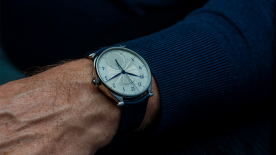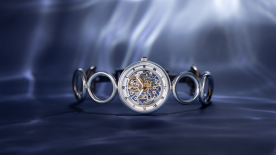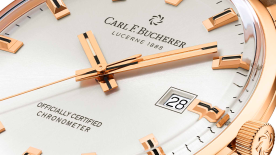What is the common denominator between a round watch and a rectangular watch? The answer is symmetry. Whether one nurtures a preference for the circle or for the rigorous lines of the tonneau or barrel shape, symmetry is the name of the game: omnipresent and above all omnipotent, since the vast majority of designers cannot imagine sketching their plans without a clear-cut symmetrical axis.
Asymmetrical timepieces are thus by definition in a class of their own within the watch industry. One that is teetering on the brink of extinction? It would almost seem so… They are in any event zealously sought after by those who enjoy venturing off the beaten track.
Women and diamonds first!
Vacheron Constantin is one of the last remaining manufacturers still firmly attached to this type of design. The 1972 watch, which has been more or less continuously produced ever since its creation, features an extremely unconventional trapeze shape. The Maison now interprets it through no less than eight models. Its feminine versions play with two stretched hour-markers that significantly accentuate the imbalance of its case – a delightful specimen of finely controlled instability!
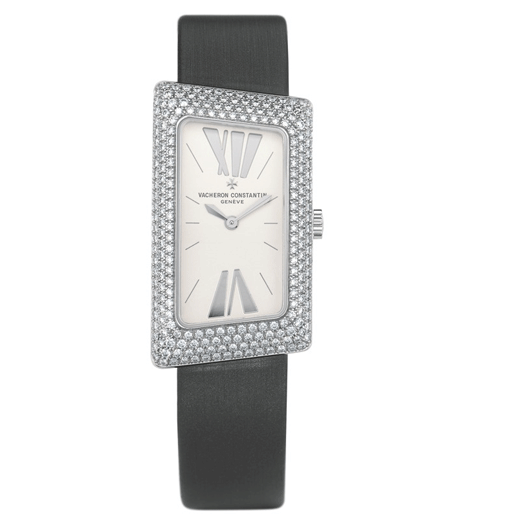
Ladies’ watches are indeed more liable to inspire liberated geometrical interpretations than their masculine counterparts. One need only consider the Crash watch by Cartier, the archetypal asymmetrical model and a veritable icon of watchmaking creativity. There are two main reasons behind this feminine predominance: the potential afforded by the jewellery-type approach; and the unconventional use of the strap or bracelet as a natural extension of the case.
The playful game represented by the Cadenas watch by Van Cleef & Arpels also makes a clean break with any semblance of geometrical regularity. This ‘padlock’ model is graced with a wealth of intertwined curves entirely free of any symmetrical axis. It marries angular and rounded shapes within a creation providing ample proof that aesthetic harmony is entirely possible without symmetry.

Broken lines and the Sixties craze
The strength of these models lies in their enduring ability to hold their own within brand collections despite their atypical lines. Because apart from such standard production lines, concept watches provide scope for all manner of stylistic fantasies, including the most asymmetrical. DeWitt certainly demonstrated this in 2008 with its Concept Watch 1, an haute horlogerie UFO featuring a retractable tourbillon and a convex-concave case that remains unmatched in all its symmetry-free uniqueness.
Some artists have indeed become the champions of asymmetry, largely inspired by Gilbert Albert. Born in 1930 and a jeweller by training, he was appointed workshop manager at Patek Philippe in 1957 and created a collection specifically named “Les Asymétriques”. His works have become rare and much sought after by collectors. Many of them bear the name of the brand distributor (such as Beyer), as was the custom at the time.
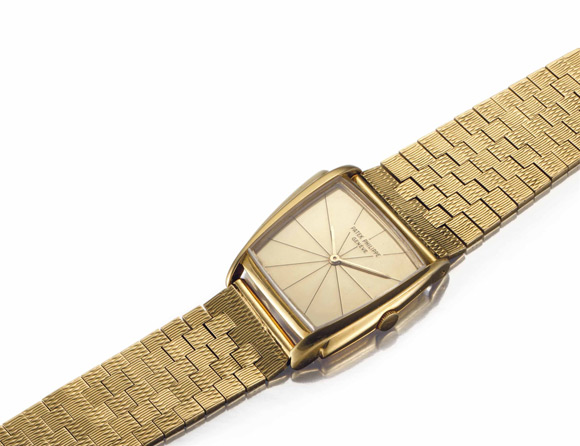
Gilbert Albert created many asymmetrical models, but one has attracted more attention than the rest. This is particularly so because its triangular shape is still widely used by Hamilton with its Ventura, the watch favoured by “The King”, singer Elvis Presley, and its many variations such as the Pacer or the vertically oriented Thor. Hamilton was indeed one of the great advocates of asymmetrical watch with its resolutely Sixties-style models that are currently such a great hit among all those with a nostalgic longing for that particularly effervescent period.
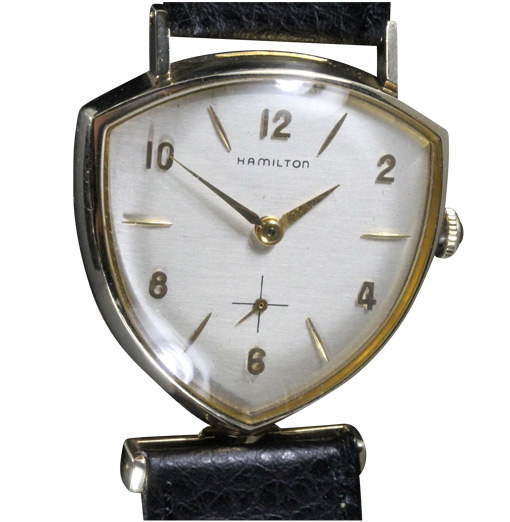
Throughout the decade, a number of asymmetrical creations were born and have since inspired whole generations of designers, such as Girard-Perregaux with its “Casquette” style recently picked up by MB&F and also used by Jaz Derby and Amida. Amid the vintage revival wave currently sweeping the industry, one may safely assume that these asymmetrical nuggets will sooner or later resurface.







